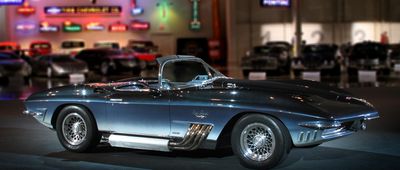End of the Road
Remember the Volkswagen Beetle? Sure, everyone does, because it was produced for more years than all but a handful of other popular vehicles. But what about the Mazda2 — recall that one? Probably not. That relatively short-lived model is just one of the many cars and trucks that have been discontinued during the past 10 years. Some, such as the Mazda, are fairly forgettable. Others, such as the Dodge Viper, were considered classics before the last one rolled off the assembly line. Learn more about these cars and some of the other vehicles automakers have discontinued over the past decade. Tell us in the comments about your favorites that you still miss.
Related: Dead Car Brands That American Drivers Miss (and a Few They Don't)



























